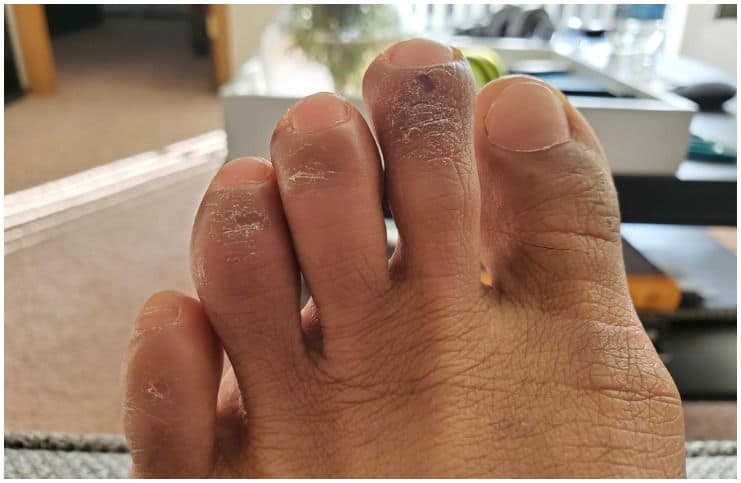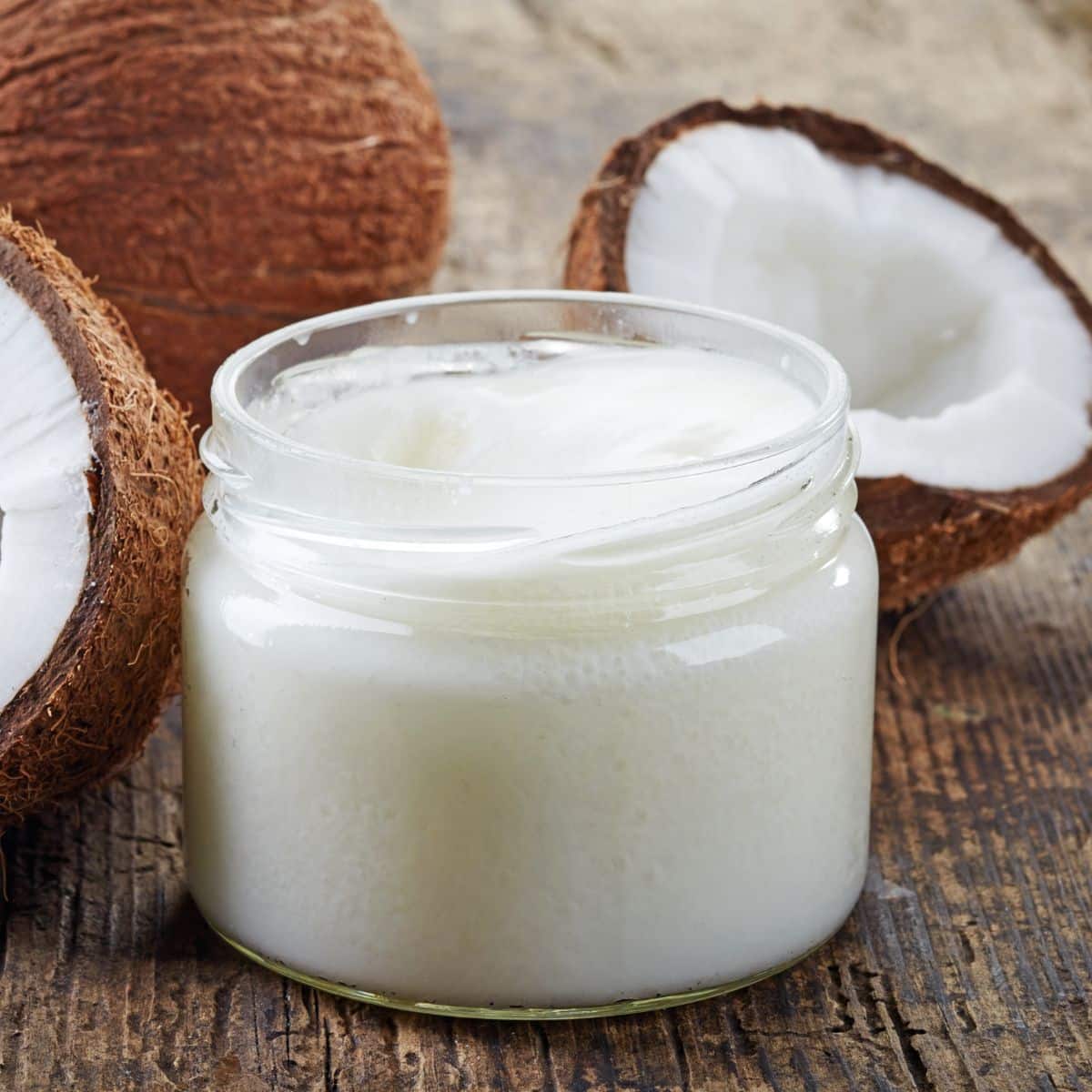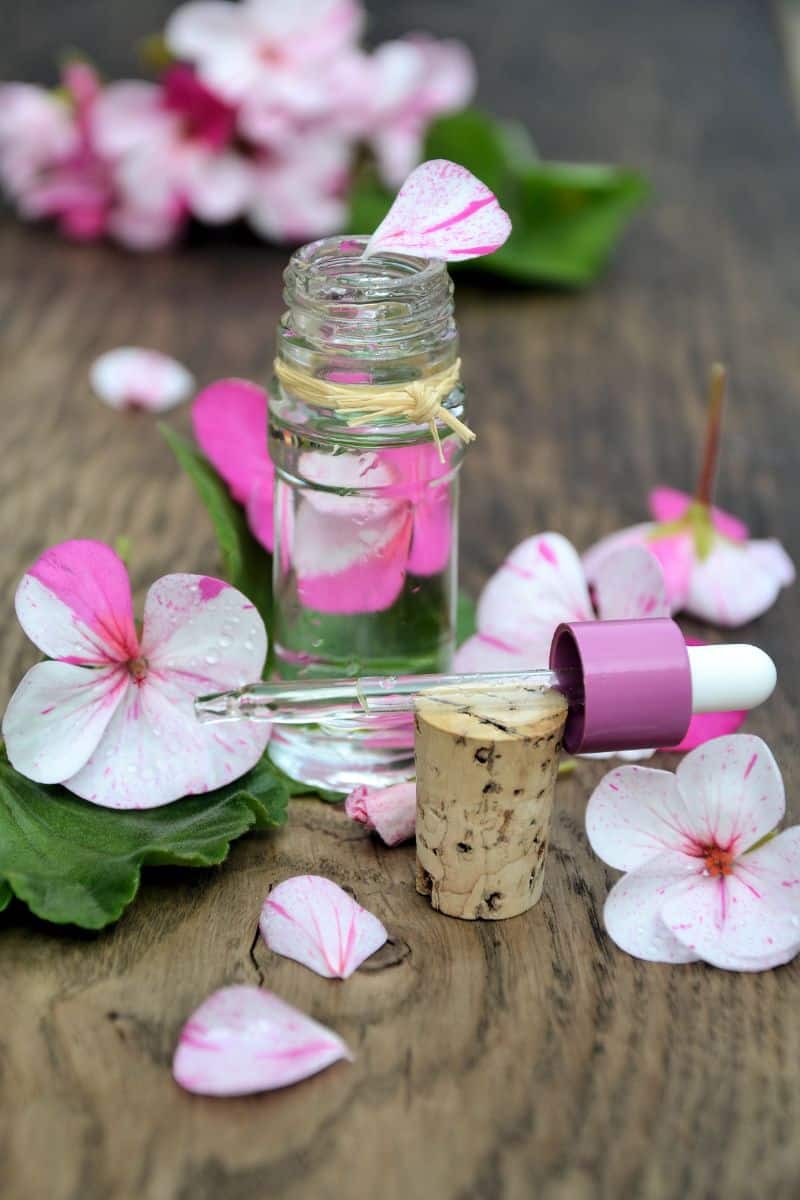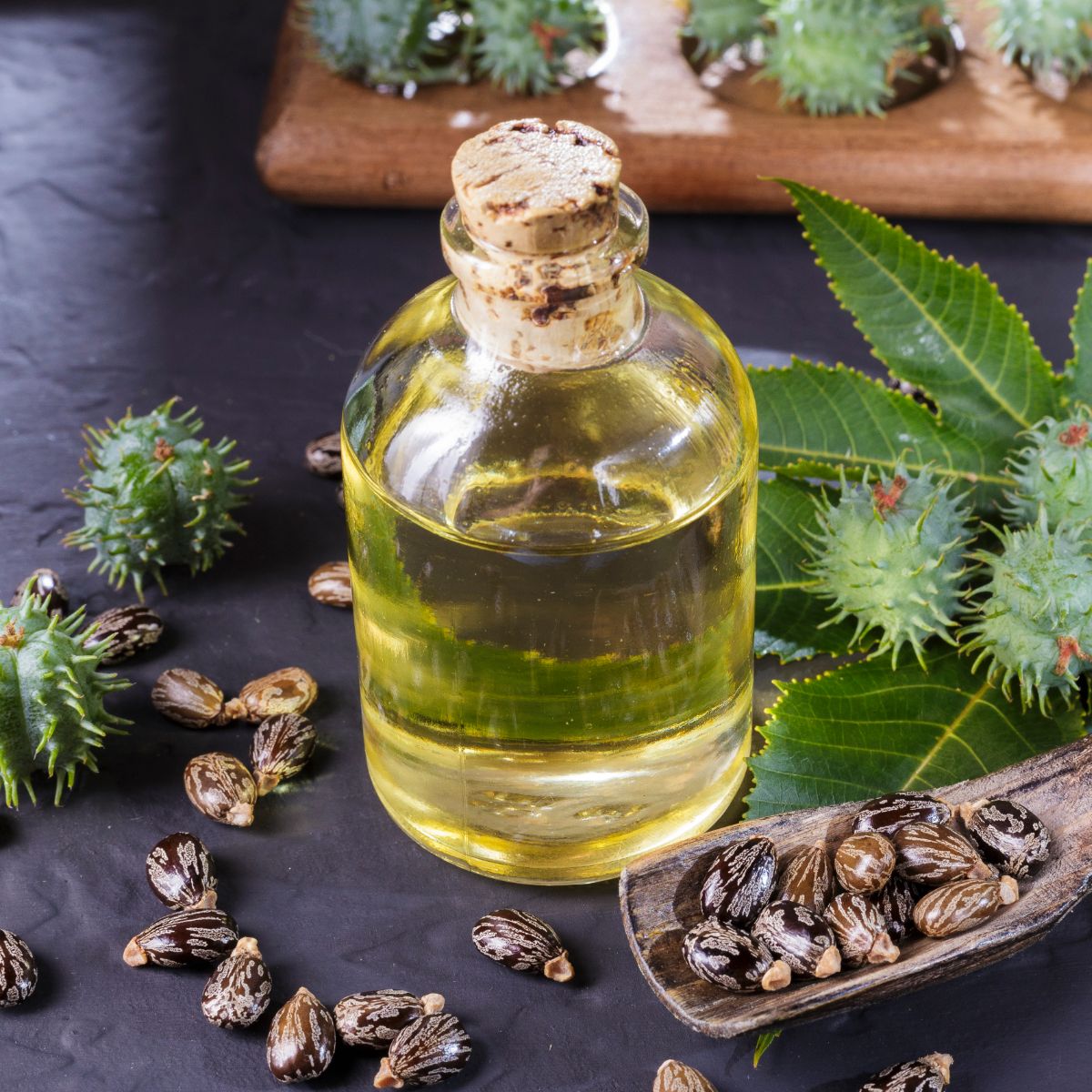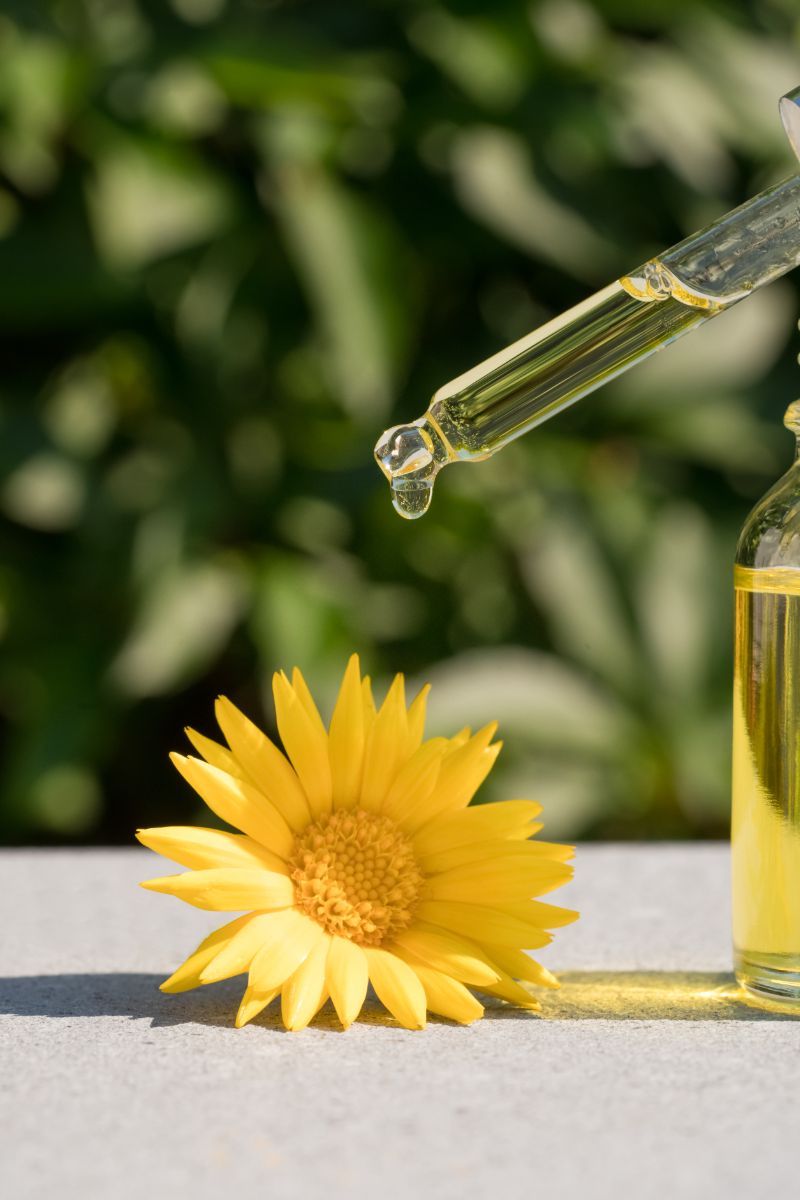10 Essential Oils For Chilblains:
Chilblains (sometimes called perniosis or pernio – a Latin term meaning “frostbite”) are patches of skin in which the capillaries have been injured by chilling and rewarming. They are as common in children as they are in seniors. Also, they occur more often in females than in males.
The toes are particularly vulnerable, however, other extremities that can develop perniosis include earlobes, fingers, and the nose. The lesions become visible about 12 to 24 hours after exposure to cold.
Symptoms
Common symptoms include:
- ulceration, in severe cases;
- a burning sensation on the skin;
- possible secondary infection;
- dry skin, leading to splits and cracks;
- intense itching;
- blue, red, or white swollen patches.
Note – symptoms typically begin before the age of 20 years.
When to Call the Doctor
See your healthcare professional for advice:
- if you think your skin may have become infected;
- if you have perniosis that doesn’t improve within several weeks;
- if you experience severe or recurring perniosis.
Complications
Chilblains may sometimes lead to:
- scarring;
- skin ulcers;
- infections.
Signs of infection include:
- swollen glands;
- having a high temperature of 38C or above;
- feeling hot and shivery;
- feeling generally unwell;
- swelling and pus forming in the affected area.
Causes
Healthcare professionals aren’t sure why this happens, however, it may be related to an unusual reaction to cold exposure and rewarming.
Risk Factors
There are some factors that make some people more prone to chilblains, and they include the following:
- having Raynaud’s phenomenon (a condition resulting in discoloration of the fingers and toe), which can cause its own types of sores;
- having anorexia nervosa (an eating disorder that is characterized by abnormally low body weight), or other conditions giving you a low body mass index;
- having diabetes;
- having lupus (a disease that affects the immune system);
- being a smoker;
- having poor circulation;
- having a family history of chilblains;
- being female;
- having poor circulation or other health problems with your blood vessels;
- living in a damp climate;
- wearing clothing that is too tight or leaves the skin exposed to cold.
Diagnosis
Diagnosis is the result of a close examination of the process of rewarming and a physical examination.
Treatment
The condition typically clears up within 1 to 3 weeks, particularly if the weather gets warmer. But, if you have ongoing itching, your healthcare professional might prescribe you a corticosteroid cream. Also, to help open up the small vessels near your skin’s surface, your healthcare professional might prescribe blood pressure medications.
Note – if you have diabetes or poor circulation, your pernio may not heal well.
Here Is A List Of 10 Essential Oils For Chilblains:
#1 Eucalyptus
Eucalyptus essential oil lowers the likelihood of developing skin blisters due to pernio and eases the irritation felt in the skin. In addition, it heals and soothes the skin.
#2 Peppermint
According to studies, peppermint essential oil exhibits antimicrobial, antiviral, antioxidant, antifungal, radioprotective, analgesic, and anti-edema properties.
#3 Tea Tree
Tea tree essential oil contains powerful antifungal and antibacterial compounds that are known to reduce inflammation that can lead to swelling of the skin.
#4 Coconut
Coconut oil is a very effective natural remedy to treat the problem and symptoms of pernio due to the fact that is anti-inflammatory in nature.
#5 Geranium
This essential oil is good for all skin types since it maintains the balance of normal skin, stimulating blood circulation, moisturizing dry skin, and adjusting oily skin.
#6 Lavender
It helps reduce pain and inflammation. Take several drops of lavender essential oil, combine it along with vegetable oil and massage it over the affected areas.
#7 Castor
Massage castor essential oil on the affected skin area to reduce the risk of pernio, particularly if you are prone to the condition.
#8 Black Pepper
It can help you reduce swelling, pain, and inflammation due to its anti-inflammatory properties.
#9 Calendula
Calendula essential oil can help take some of the pain and itch out of the pernio.
#10 Mustard Oil
Gently apply some mustard oil over the affected areas regularly. This will help in treating the blood vessels and reduce the itching, inflammation, and pain.
Home Remedies
#1 Onion
Onions have antiseptic, anti-inflammatory, and antibiotic properties which can help reduce pain, itching, inflammation, and swelling, and lower the risk of infection.
#2 Heat
A good way to prevent further damage and to help your chilblains heal is to keep them warm. This can range from wrapping the affected area in a blanket to wearing a set of gloves.
#3 Potato Juice
Potato juice helps in reducing the inflammation and itching of the skin. In addition, the juice is packed with nutrients that help the body in getting relief from the damaged blood vessels.
Note – for best results, you can apply the potato juice 3 to 4 times per day.
#4 Elevation
When suffering from the condition, it is recommended that you elevate the affected area to help improve blood circulation, in turn reducing inflammation, swelling, and pain.
Prevention
Prevention methods include:
- keep in shape – circulation, or the flow of blood throughout your physical body, is important for good health. To help maintain proper circulation, it is suggested to practice physical exercise at least 4 times per week. Both anaerobic and aerobic physical exercise improve circulation, however, according to research, resistance or anaerobic exercise shows a higher increase in circulation;
- to allow your feet to ”breathe,” use cotton or wool socks;
- keep sudden temperature change to a minimum;
- stop smoking tobacco;
- dry feet thoroughly after bathing or showering;
- avoid wearing tight shoes as this can further restrict blood vessels;
- wear several layers of clothing, that trap body heat more efficiently than one bulky layer;
- reduce the intake of saturated fats;
- before venturing into the cold, warm up the socks and shoes on a radiator;
- try not to sit still for long periods;
- avoid long periods of exposure to damp or cold weather;
- protect your nose by wrapping a scarf around part of the face.
READ THIS NEXT:
Essential Oils For Trigeminal Neuralgia
10 Essential Oils For Costochondritis
10 Essential Oils For Bedwetting (Child)
10 Essential Oils For Sprained Ankle and Bruises
References https://www.ncbi.nlm.nih.gov/pmc/articles/PMC3938353/ https://www.sciencedirect.com/topics/nursing-and-health-professions/chilblains https://www.bmj.com/content/342/bmj.d2708
